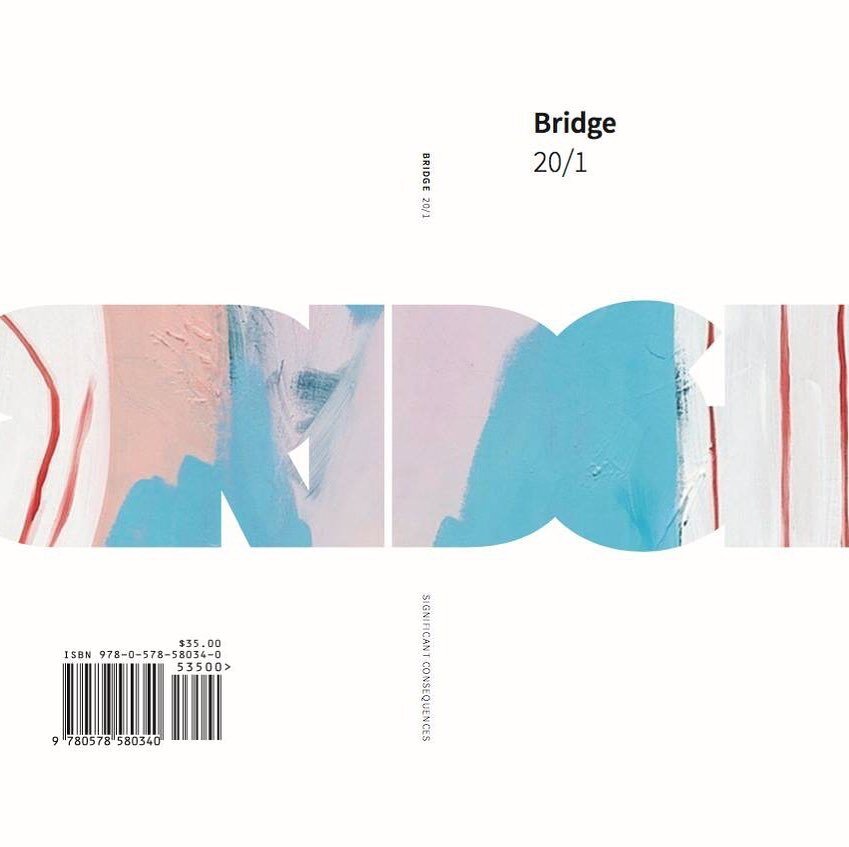Since 1999
Designed by Faust Ltd. & Michael Workman Studio
This program is partially supported by a grant from the Illinois Arts Council Agency. This project is partially funded by the National Endowment for the Arts.
Bridge is a proud member of the following alliances:
Welcome to Bridge. Only the most recent season of magazine articles is available here. Please click here to create an account & access past articles, general archives, the new Bridge Video streaming service, also updated weekly in-season, & more.
Featured from the archives: click the poem to read the second of two poems from Szymborska featured in Bridge V1N3, pages 106-107.
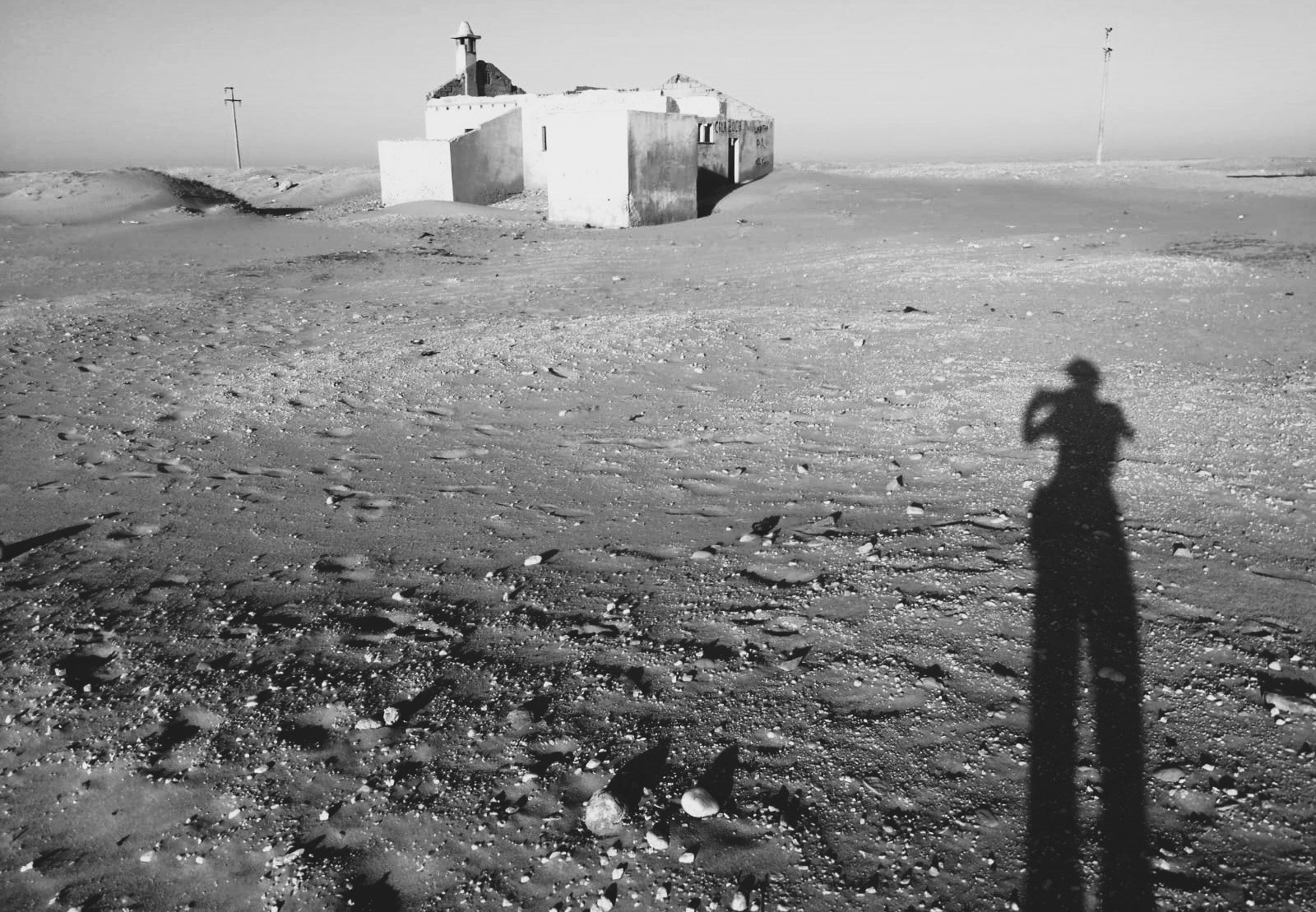
INTERVIEW: Stacy Hardy
Meghan Lamb: To begin: An Archaeology of Holes was previously published by a French publisher Ròt-Bò-Krik. I’ve seen the Bridge Books collection described in a few places as the English translation of the book. It’s interesting to think of this book as a “translation” because it was originally written in English. But I’m curious to hear if—in some ways—it feels like a translation to you after it’s been through this whole strange journey that its been through.
Stacy Hardy: I always think that there was something quite special in first coming out in translation, and I think there’s something in translation that challenges authorship in really interesting ways.
I’m a big believer that no book is written by one author. Books are always multiple, because your book is always in dialogue. One’s writing is always in dialogue with so many other writers who in some ways feed into it, and then there are the conversations and the back and forth processes with editors, with friends that go on to inform the writing. So, I always see writing by nature as a collective practice, and I rebel slightly against the idea of ownership, of a single author.
Certainly, this book was informed by multiple conversations, by the many, many writers I have read who have informed it, and I suppose also by the process of going into a French translation, going through a second editorial process where, of course, I was also informed by conversations via the translation. An Archaeology of Holes is also a translation in that it has now gone from a South African context into an American world. So, it’s a very global book, and I love that.

REVIEW: “Difference Machines: Technology and Identity in Contemporary Art” at Wrightwood 659
Difference Machines: Technology and Identity in Contemporary Art presents a diverse group of 17 artists and collectives who reimagine the digital tools shaping our lives. The exhibition includes projects spanning the last three decades, from software-based and internet art to animated videos, bioart experiments, digital games, and 3D-printed sculptures. Together, these works explore the aesthetic and social potential of emerging technologies and the essential question: What does it mean to live in a digital world?
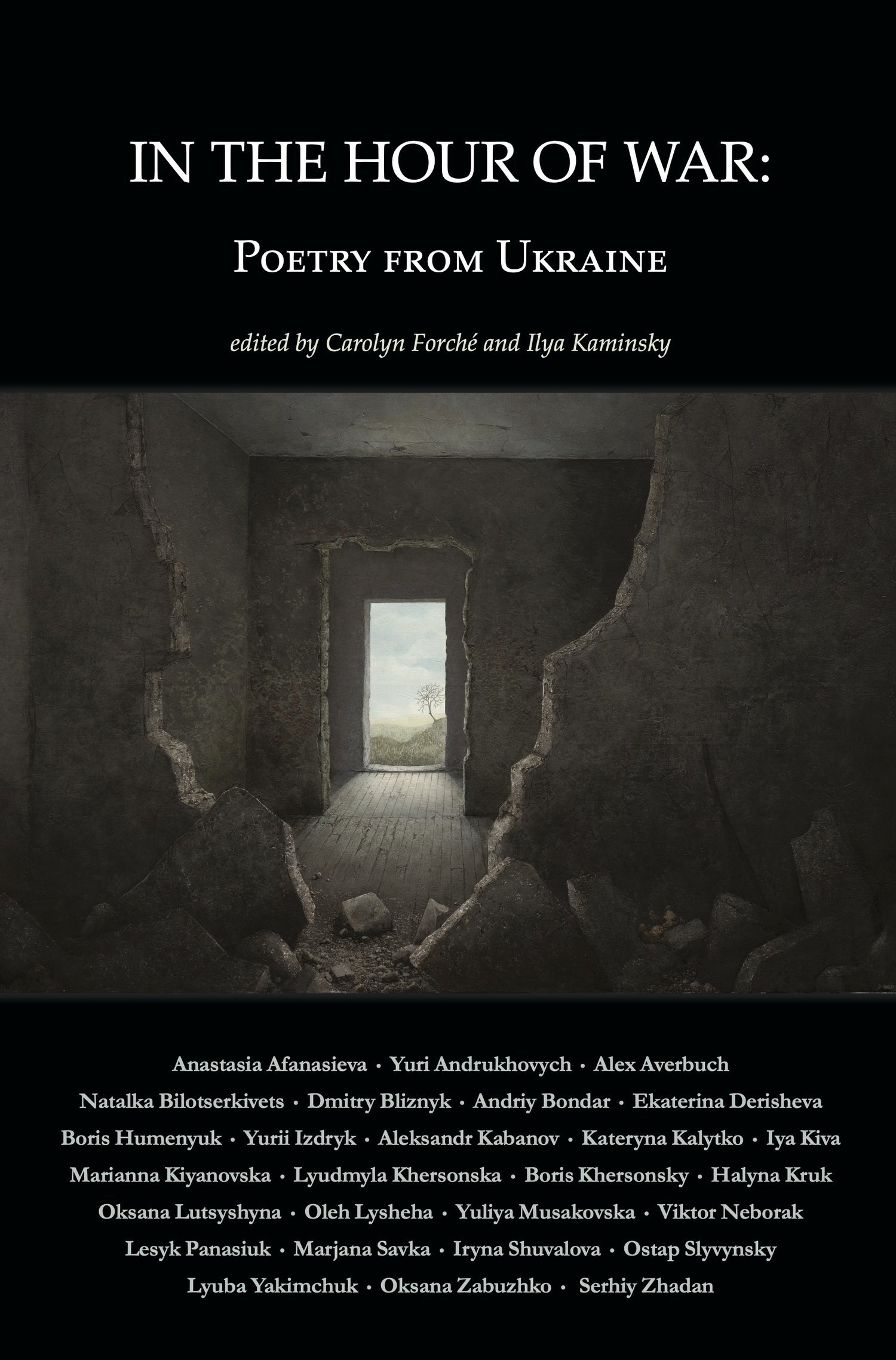
REVIEW: “In the Hour of War: Poetry from Ukraine,” Edited by Carolyn Forché and Ilya Kaminsky
It’s a seeming natural leap to make to conflate the poetry of witness as a lens through which to consider the historical implications of the current rise in use of state-sponsored terrorist violence around the world as a tool for autocratic ambitions. It’s a needed, necessary and urgent reckoning that reverberates across time and geographic borders, and well-needed. Current debates, especially in America, are conducted with the usual lack of interest in subtlety or distinction, marred with all the usual bright line-drawing us-versus-them reductivisms of our irrepressibely binarist masscult public discourse.
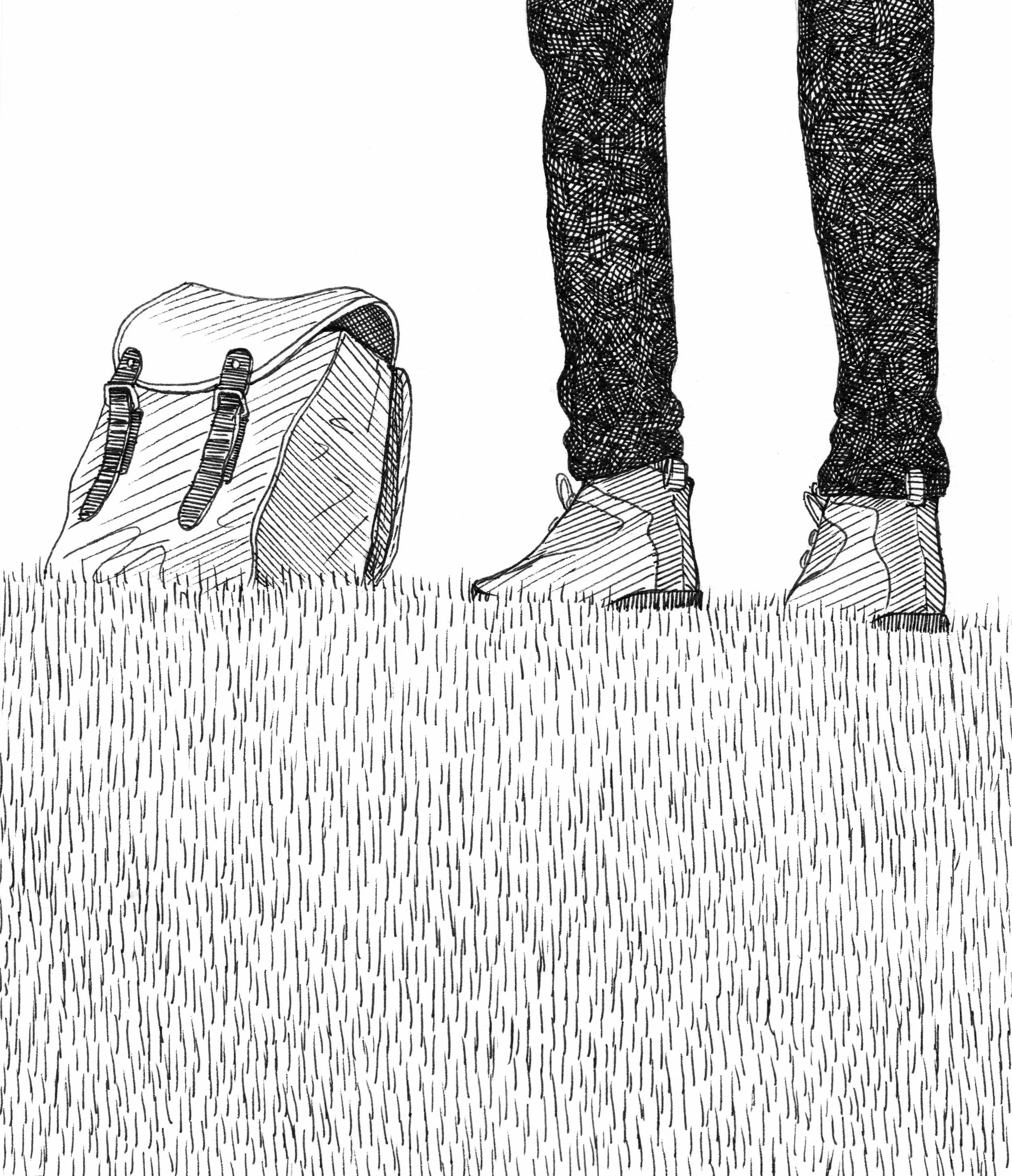
FICTION: “Seeing Time in a Straight Line Rather than in Cycles” by Enrico Belcore
Recently, I’ve been seeing the word ‘nomad’ popping out from any corner. People all around the world have gone nomad, apparently. And surly articles on the topic are not scanty. It just takes a quick research on the web to find dozens of companies using the term as part of their brand. But what does it even mean to be a nomad? Can we consider the 30-something-years-old expat in Bali, working remote jobs from a cocktail bar that only charges in US dollars a nomad? Are the 19 years old backpackers cluttering European hostels and moving from the bars of Berlin to the coffeeshops of Amsterdam nomads? Our conception of a life of travel, or even traveling in itself, have very much shifted. When I think of nomad life, I picture a group of people with nothing but a few leather bags crossing lands of rivers and blue ridge mountains. I think of men on cargo ships and communities moving through the continents on old sun-faded caravans. That’s nothing but a romantic view, after all, aren’t also seasonal workers nomads? And what about all those that move from one love to another, from skiing to pottery, from accounting to construction; is physical movement an essential requirement to the nomadic life?

INTERVIEW: Circulation as Critique: Guanyu Xu’s Itinerant Images
The lens-based art of Guanyu Xu offers a tender critique of the aesthetics of power. Born in Beijing in 1993 and raised in the conservative household of a military officer and a civil servant, Xu grew up entrenched in the signs and symbols of geopolitics and nationalism. At home, he developed a passion for collecting images from Western movies and magazines, a habit he would later unpack and analyze in his work. Based between Chicago, where he taught at the University of Illinois at Urbana-Champaign, and New York City, where he was awarded a 2023 Pioneer Works Residency, Xu is currently immersed in a body of work centered on borders and border-crossing, in both physical and metaphorical senses. Photos, he notes, have borders just as nations do, and “framing dictates what we see and know.” At the same time, as his works show, photos are containers of meaning with the power to circulate—at times freely and at times covertly—across time and space.
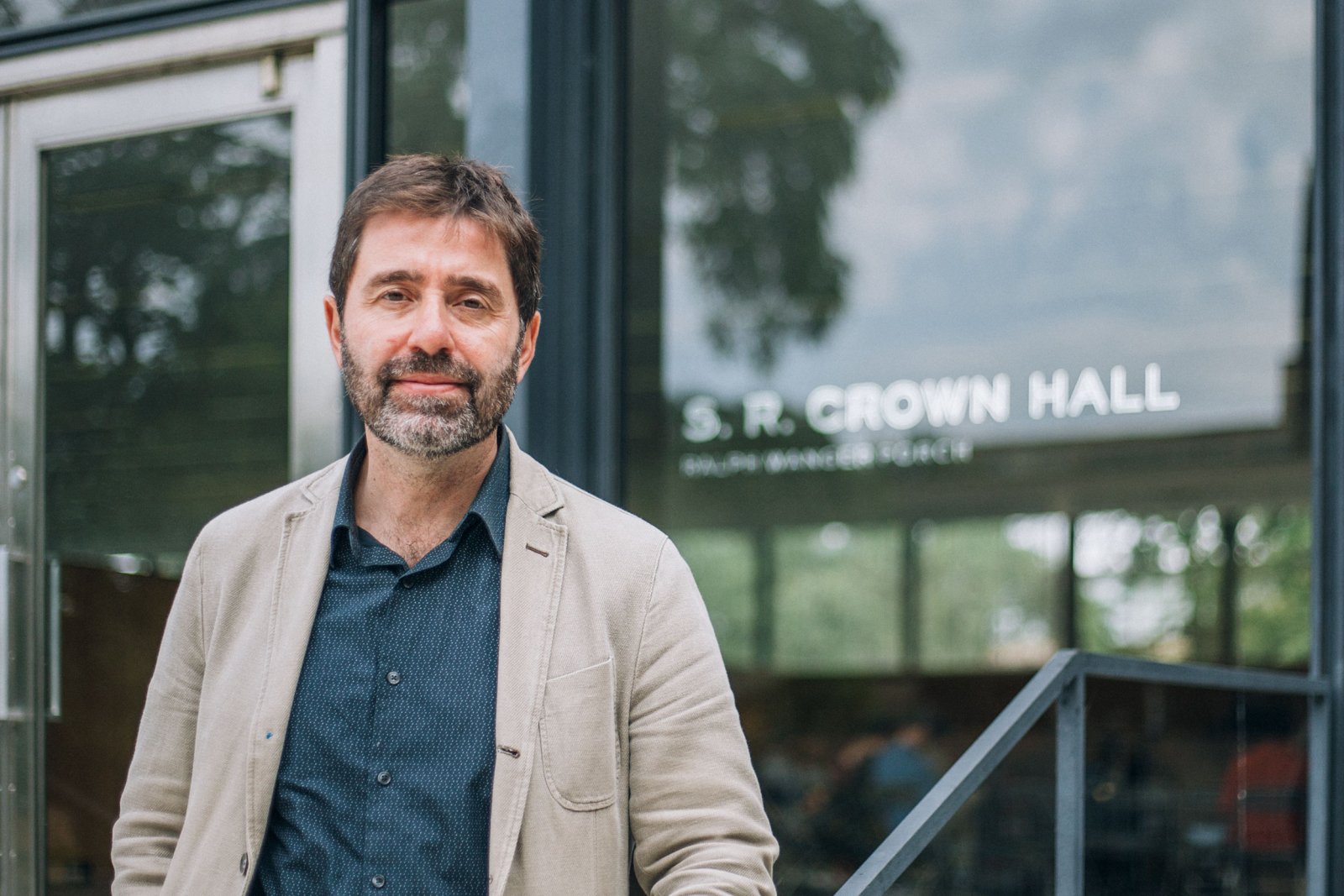
INTERVIEW: On Reading Cities: A Conversation with Michelangelo Sabatino, Director, PhD Program in Architecture at IIT’s College of Architecture
INTERVIEW On Reading Cities: A Conversation with Michelangelo Sabatino, Director, PhD Program in Architecture at IIT’s College of Architecture

REVIEW: What Else Do You Want from Me? Questioning Unrealistic Expectations on Female Resilience with Rebecca Drolen’s “Unstable Entity” at Filter Space
It’s surprising how many hats women were expected to wear: mothers, daughters, sisters, partners, coworkers, community members… And somehow, the world doesn’t think this long list of titles automatically suggests debilitating distress and anxiety.
She’s weak.
She’s hysterical.
She’s overreacting.
In a society overly tolerant of men, women were scrutinized under the magnifying glass. We are not allowed to break.
Rarely do we hear the silent scream behind a firm lady: what else do you want from me?

FICTION: “It All Goes” by Nicholas Maistros
You’ll stay close, his mother had warned, with her voice that squeezed his nine-year-old neck. Devon could see the city, through the layers of his mother’s concern, as a growling thing, hungry and waiting for her vigilance to drop.
You’ll want to take pictures of everything, his cancer father had told him, rising from his own depths at the reminder of their trip. The city was a creature still, to Dev’s father, but a splendid one, rare, luminous, and shy. He’d have to be quick or he’d miss it.

READINGS ARCHIVE AUDIO: David Rakoff at the Jasmine Tree Lounge, 2002
This week in the magazine, we share a new previously unpublished recording from the Readings Archive audio collection. Late actor, author and humorist David Rakoff, who died in 2012, was a reader on the west coast tour of the Bridge Journal tour in May 2002, and among the readers at the Jasmine Tree Lounge on the Portland, Oregon leg of the tour.
From IMDB: “He was an actor and writer, known for Capote (2005), The Watermelon Woman (1996) and Strangers with Candy (2005).” For the reading, Rakoff read a selection from his short story collection Fraud.

REVIEW: Making Spaces in the Museums: on Duane Linklater’s “mymotherside” at the MCA Chicago
We visit the reservation sites like we do an Amish market or an off-grid homestead, occasionally striking up a curious conversation with an elder sitting in the shades. We feel good.
We stroll through the Art Institute’s limited collection of indigenous art and archives, fabricating a deep connection with the history of the original owners of the land we reside on. We leave. We continue our day.
Indigenous art has been invisible for far too long due to institutional negligence and discrimination. The idea that those who have always lived on this continent were not only rid of their homes and possessions but also their voices and culture was truly heartbreaking. It almost felt like an entire population was frozen in time: living human beings are regarded like stills in a photo book, and their organic culture was documented via dead artifacts. Indigenous communities were indeed cast aside like a historical subject: we learned about their sufferings and settlers’ brutalities, and we moved on while the people lived on.

PREVIEW: Dianna Frid, “pre-knowing / un-knowing” at Patron Gallery
I am in Dianna Frid’s South Lumber Street studio in Pilsen. She stands before a wall draping a body-sized, black canvas letter A against her body. Her figure frames a canvas work in progress behind her. She leans into her studio ladder, and smiles at me as I take her photo.
I am making a custom dress for Dianna Frid. It is our first fitting session, and we are developing a design prototype, draping various orientations of the letter A on her body. The figure of this letter and word implies singularity. Frid’s gestures with the canvas letter pluralize it. The dressmaking process is an impetus for a larger conversation between us about sewing, textiles, texts, and wearing cloth. We discover a mutual admiration for Clarice Lispector’s writing. She tells me about her grandfather, Leopoldo Fuchs, who was a custom tailor in Mexico specializing in women’s wear.

REVIEW: stanley brouwn at the Art Institute of Chicago
In 2017, I wrote a review for Rain Taxi about “Tell Them I Say No.” The book tasked itself with a survey distinguishing where contemporary artists draw the line between "the needs of the artist and the needs of the art world." In it, among a number of artists that include Cady Noland, Agnes Martin, Laurie Parson, and Trisha Donnelly, they also included a chapter on the work of stanley brouwn (always lowercase). On some level, that book is an example of artists who have carved out their own pathway to preserving their voice in an art industry that doesn’t care if they’re drowned out or not, a kind of guide to preserving one’s artistic integrity and surviving the current ongoing neoliberalization of art. It’s useful in many a sense: artists require autonomy, the ability to make mistakes, work in a state of sustained indeterminacy, and maintain control over the narrative and contexts in which their work is presented, and etc.

REVIEW: Flat Isolation and the Banality of Surveillance: A Review of Japeth Mennes’ “Waltz” at 65Grand
Brightly colored, geometric, and vaguely ironic, the pictorial hard-edge acrylic paintings by the New York-based artist and musician, Japeth Mennes, currently on view at 65Grand, recalling in their simplicity icons that function as universal symbols in signage the world over, are the kind of paintings that blow up on Instagram, but for lack of detail, nuance, texture or scale, fall flat when encountered in real life. But it’s not disappointment that I feel. More like resignation.
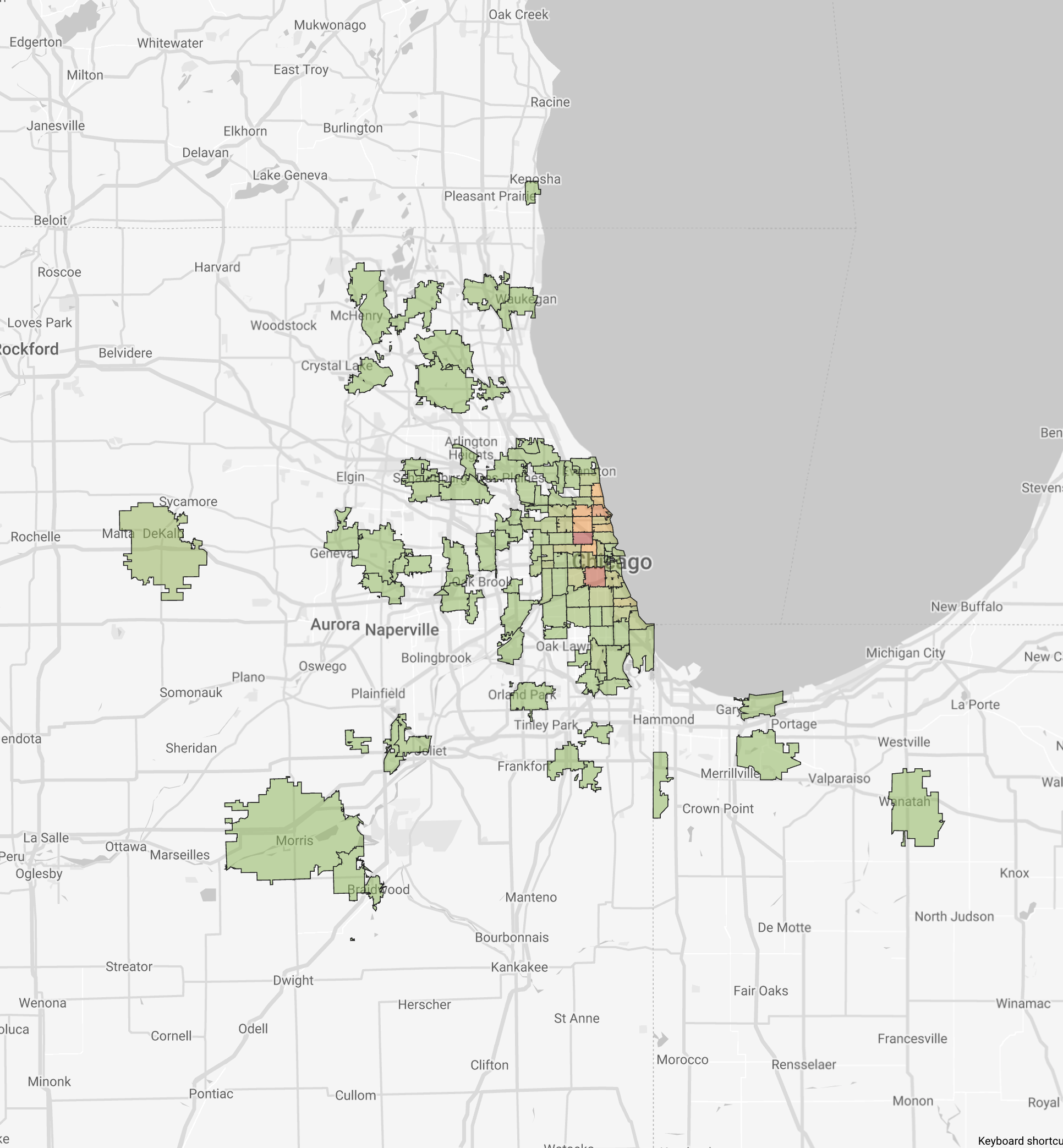
PUBLIC UTILITY: The Chicago Arts Census, “An Introduction to Abundance”
After an introspective reflection on your labor, livelihood, and well-being, the Chicago Arts Census asks its final question: “Imagine an abundant future: What does a full life in Chicagoland look and feel like to you? What do you need to thrive as an arts worker in the Chicagoland ecosystem? What do you have to share? How can you contribute to other’s ability to flourish?”
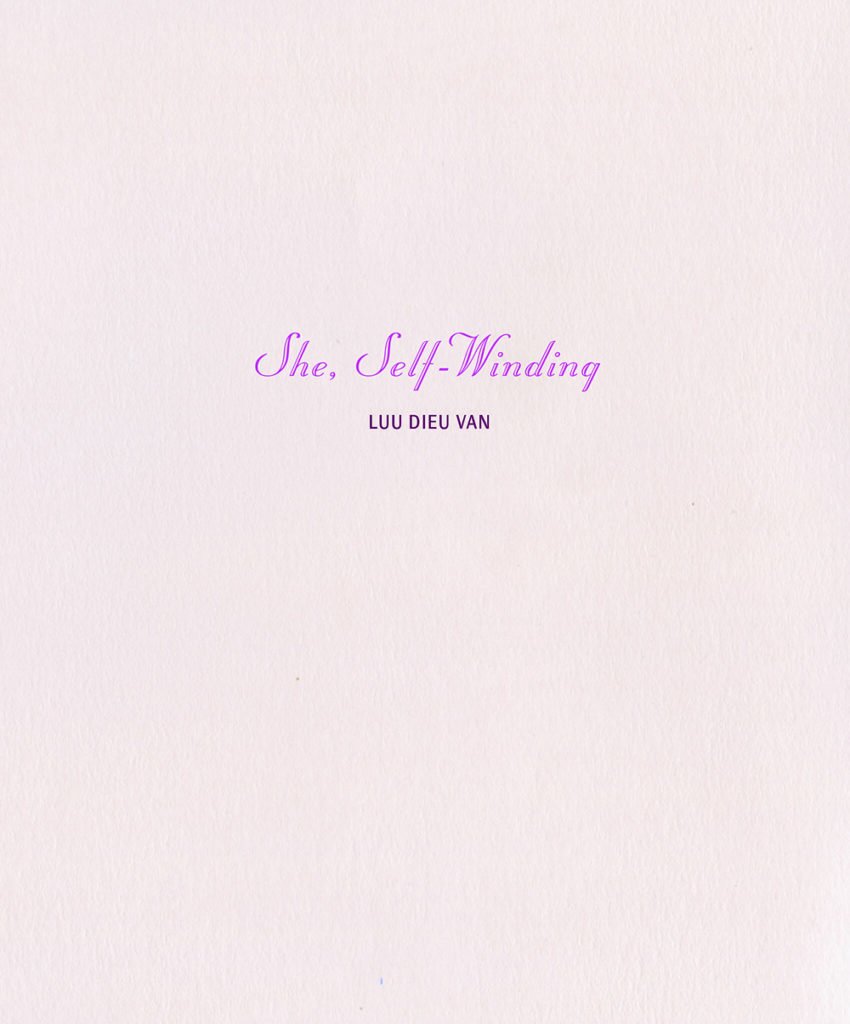
REVIEW: “She, Self-Winding” by Luu Dieu Van
In She, Self-Winding, the specific choice of words and superlative usage of imagery affirms the bold femininity of Luu Dieu Van’s narrative poetry. As well, this a series of poems illuminates the paradigm of the incredulous struggle to live with the archetypal judgment of western society.
The beginning of Dieu Van’s poetry reads as a hint of something personal to say on the subject, but doesn’t go further. An emphatic nod, a half told anecdote, an enigmatic ‘I know the feeling’ — which one places into conversations like those little flags that warn diggers of something buried underground.

REFLECTIONS: “Off-Track Reader Responses” by Maud Lavin
I’m skipping the hate responses here — although I get them. I’ve been screamed at twice at in-person readings. What can I say, I’m a Scorpio and I sting when I have to, so both times it ended fine. Often, though, when I receive responses to my writing, I get positive ones, but sung to an unexpected tune. Sometimes they make me laugh, like, ha, joke’s on me — I worked so hard to create x, and it’s really the y part they like. I’m not sure why I enjoy this so much, and I’m not sure how to convey to you that surprised delight. Which is, well, the point. Intention is not reception. Not exactly.

REVIEW: “A Horse at Night: On Writing” by Amina Cain
A personal library is an archive of references. It represents the books we’ve decided to hold onto and are proud to display. In Amina Cain’s book A Horse at Night: On Writing, published in October 2022, she sifts through the books and authors that have moved her, mimicking this act of contemplating a friend’s library. It is a transition book, made in-between projects. Words that Cain needed to write to move into writing a larger body of work. Some of her sentences are thoughts in progress, direct contemplations on writing while writing. “Recently, while working on a short story, I kept seeing its setting in the same way its narrator sees setting in the paintings she looks at when she visits a museum.” Described by author Ayşegül Savaş as “like light from a candle in the evening,” Cain’s small book feels more to me like a brightly lit room full of friends gathered around, opening and closing books, sharing with each other meaningful passages.

REVIEW: “Somewhere Between,” FLOCK & Artists at the Dance Center of Columbia College
A white marley floor and white backdrop provide the stark setting for Flock and Artists Somewhere Between performed this past weekend at the Dance Center of Columbia College. The dance opens with a female solo dancer beginning downstage right while the others stand around her on the stage. Her luscious deep lunges, supple arm movements and leg extensions soon bring the rest of the ensemble into the work, each dancer introduced with a saturated spot of colored light. For the next 65 minutes the work slips in and out of a series of duets, trios, quintets and full ensemble all danced superbly by Alice Klock, Florian Lochner, Liane Aung, Robert Rubama, Kevin Shannon and Emily Krenik.

REVIEW: Aria Dean, “Abattoir, U.S.A.!” at The Renaissance Society
In Abattoir, U.S.A.!, artist and writer Aria Dean presents a video installation of the interior an empty slaughterhouse in an ambitious exploration of architecture, death, narrative, and modernism. The Renaissance Society gallery space was highly stylized for this installation with the addition of a metal door, a rubber floor, and gray side walls. These elements very compellingly mirror the aesthetics of the slaughterhouse and help to build up an eerie, smothering atmosphere which heightens the senses and makes the viewer more tense and alert.

REVIEW: “Enter The Mirror” at The Museum of Contemporary Art Chicago
The Museum of Contemporary Art Chicago is presenting Enter The Mirror, where each piece calls us to acknowledge truths that are difficult or unpleasant to see. In artworks spanning the late 1970s to the mid–2010s, artists grapple with violence, trauma, corruption, historical distortion, and the abuse of power, bearing witness to the unmistakable ways that these forces have shaped our contemporary world. In a moment when the willful refusal to confront facts and history is dangerously common, Enter the Mirror asks us to do the opposite: to “enter the mirror” and see our complicity in the world around us reflected in the powerful work of 20 artists.

